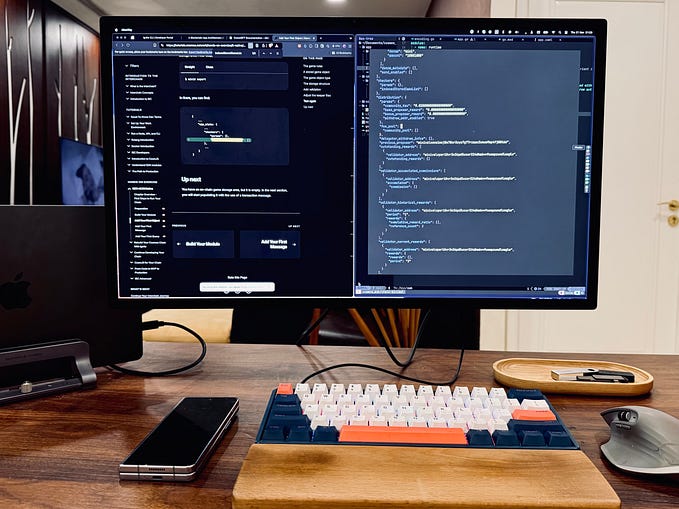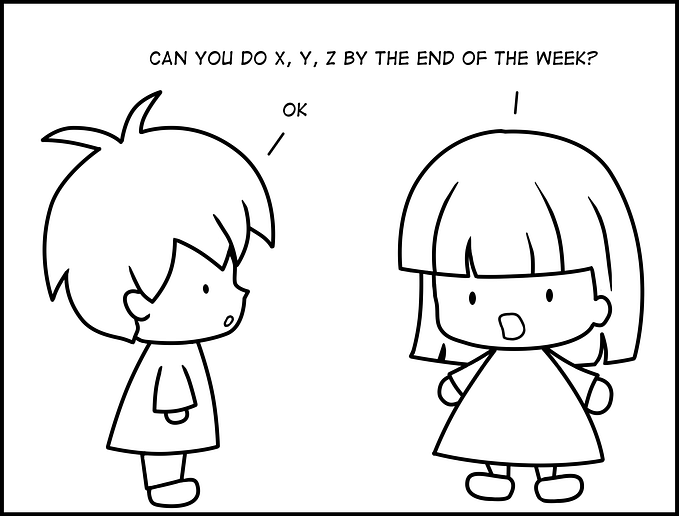The Alchemy of Diversity: Structuring Mentorship Programs for Success

As news about harassment from technology leaders keeps on breaking, it’s clear diversity in tech remains a challenge. We’ve written in the past on why diversity is critical for success and why it’s especially difficult in enterprise technology. There are many great proposed solutions for how to tackle the gender gap in technology, but we wanted to leverage one of our differentiating strengths as an enterprise venture fund and community: our network.
Could we engage our powerful and engaged community to match women early in their careers with senior professionals from our startup, VC, and corporate networks, to whom they might not otherwise have access?
From that question came the launch of our beta program — #HacktheNetwork — in January 2017.
We received 85 applications from every role and level within enterprise technology. Most concentrated in a few specialties: 19% in business development, 13% marketing, 12% operations, and 10% sales. Just 5% of signups were engineers, and only 11% were men.
From this greater pool, we selected 8 people to create 4 pairs, with one pair each in enterprise sales, UX, communications, and engineering. These 8 people were selected, for the purpose of this beta, for being people we were close to or personally knew.
In building out this program, we researched best practices across mentorship programs and found lots of general advice, but not many actionable steps to take towards good outcomes of relationship building.
Below are some of our key lessons from our beta cohort that can be applied if you are testing a mentor matching program like ours.
(Major) Keys to Success
There were a few ingredients we knew we’d need to succeed. Research into successful mentoring programs showed some critical factors to be: 1) accountability, 2) thoughtful pairings, and 3) both sides invested in one another.
Based on feedback from participants, there were a few areas we nailed:
Highly curated participants → deeper engagement: We brought in truly outstanding professionals with drive to help others; sign-ups included a COO at a Fortune 50 bank, founders of VC-backed startups, and others with decades of relevant experience. Participants found value in meeting one another simply to build connections, and we actually had multiple requests for more group activities, demonstrating an appetite for quality opportunities for driven women to network and build industry relationships.
Thoughtful pairings: Because we were matching mostly people in our network who we already knew well, we had the advantage that we could play matchmaker with care. We spent a lot of time thinking about each pairing — from a functional perspective (sales, design) but also from past experiences with each person, future goals, and, importantly, their interests outside the workplace. This came through in the participant feedback: “I think that the pairing was really thoughtful. I’m working with someone who has true experience and valuable advice to offer that is highly relevant to my career.”
Considerations for Future Cohorts
Thanks to our participants’ detailed feedback on their experiences, we’re equipped to make our next cohort even better. We’re taking these steps towards creating an even more meaningful experience:
Explicit expectations to encourage accountability / engagement: It’s clear that beyond just the matchmaking, we can do more to facilitate. It’s interesting to observe that the rules of etiquette in such a new mentor/mentee relationship is still opaque: who should be reaching out to whom, etc. Even for participants who had successful meetings, “after the initial meeting it was hard to know who should follow-up, how we should follow-up.” Another didn’t want to “constantly bother” her mentor with requests, so initiating contact felt forced.
We know there are ways to better the program’s scheduling, norms, and responsiveness, so we want to facilitate more with guidelines for who should take action on outreach or follow-up, setting expectations with both sides, and mechanisms in place for re-engaging participants or even changing pairings. Whether that’s creating recurring calendar holds for each pair, reaching out often during the program time, or creating an explicit participant agreement, we can ensure there are fewer moments of uncertainty along the way.
Cross-pollination: The value in participating in this program definitely extends beyond just pairing with one mentor or mentee. Given how many truly excellent professionals involved, there is a great opportunity to further create events for the broader pool and group. One experiment for us will be adding more events: some just for mentors or mentees, and some open to guests of participants, so that everyone can maximize the value of the high-caliber network and community.
Scale: Is there a way to truly scale a program like this, given the degree of personalization that we put into matching, and the greater probability of success given we knew the mentors and mentees? We have yet to see, but would love to hear if you have ideas. Even with the promise of AI and similar, there’s definitely no perfect solution that can “match” pairs with all the nuance required.
Given the great feedback we ultimately received from this first beta cohort, the demand goes to show that women in enterprise tech are in need of mentorship and relationship-building opportunities outside those on offer. We believe this program is worth continuing as part of building an inclusive community, so if you’d like to participate, sign up here. Stay tuned in Q3 for the launch of our next cohort.
Have you worked on a similar program? Have thoughts on what else we can be doing? We’d love to talk; email me at laurel@work-bench.com!









